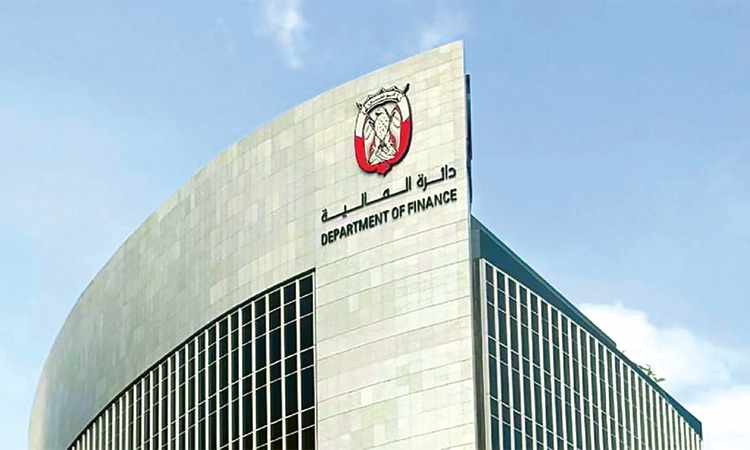Stablecoins: bitcoin for squares has its own downsides
- Date: 02-Jun-2021
- Source: Financial Times
- Sector:Financial Markets
- Country:Middle East
Stablecoins: bitcoin for squares has its own downsides
The Great Bitcoin Crash of 2021 has emboldened stablecoin issuers to declare themselves the future of digital currencies. Rapidly rising and collapsing values prevent bitcoin's adoption as a payment mechanism. Tokens pegged to real world assets are less volatile. That may not make them the next big thing.
Stablecoins are good in theory. They combine the supposed efficiency of digital asset transfer with the privacy of decentralised finance and the security of traditional asset values. Values are linked to fiat money, like the dollar, or an asset like gold.
They look appealing when other cryptocurrency prices drop. Demand for tether, which is pegged to the US dollar, has jumped since the start of the year. Its market value is now close to $62bn, according to CoinMarketCap.
Tether's market worth is still less than a tenth of bitcoin's. Mass adoption is not a near-term prospect. Instead of making payments in the real world, it often bridges the gap between other digital assets traded on exchanges. Anonymity is a selling point. This is why the inter-governmental Financial Action Task Force says stablecoins have the same potential for illicit use as any other cryptocurrency.
There are plenty more reasons to be wary.
The US dominates issuance and ownership






















